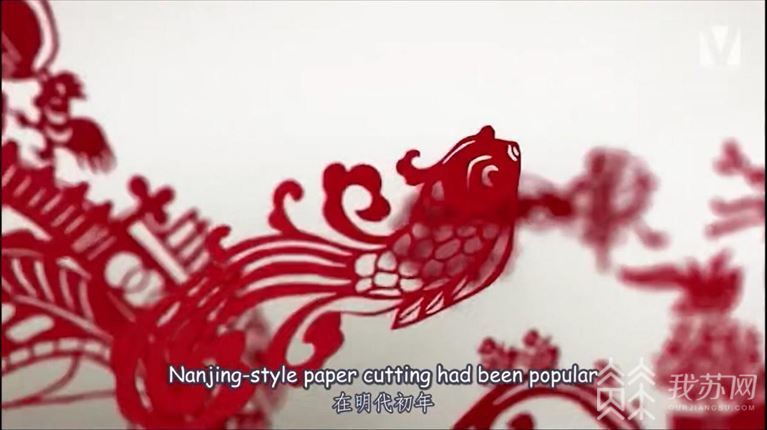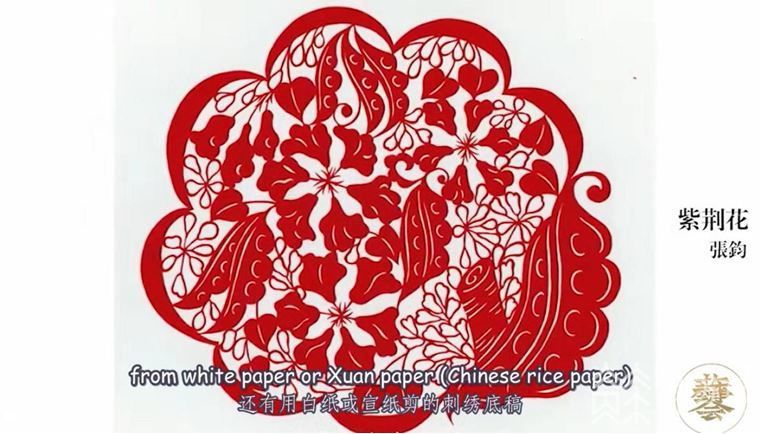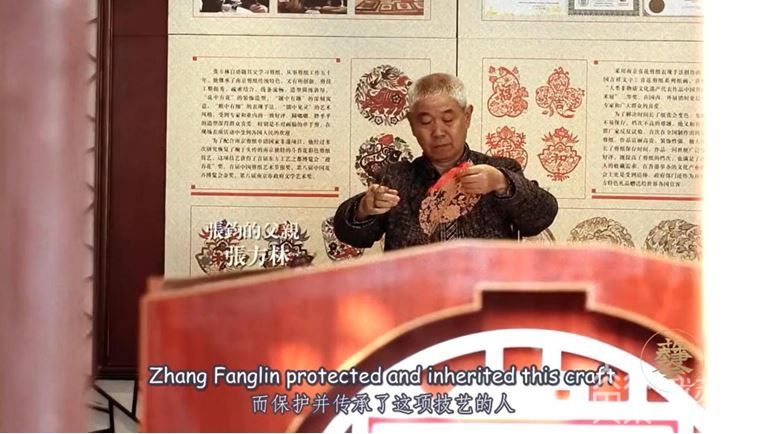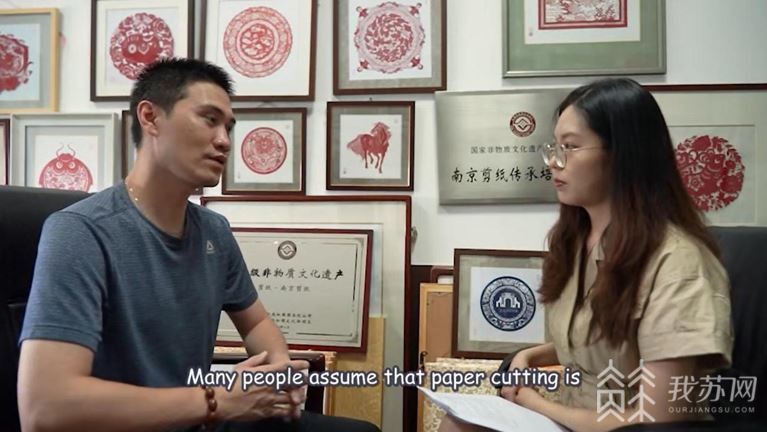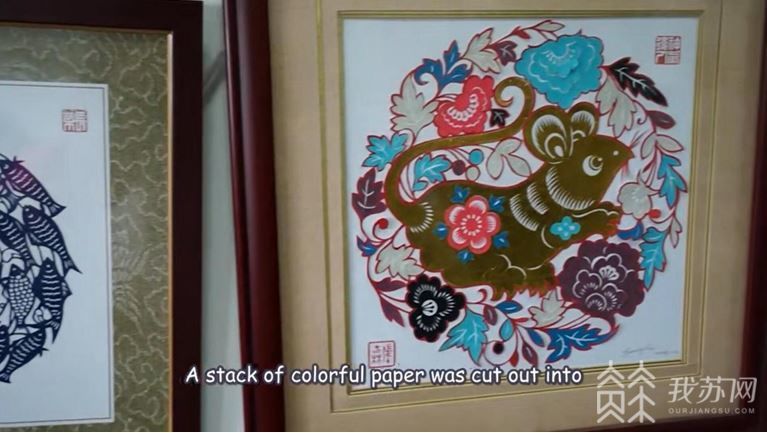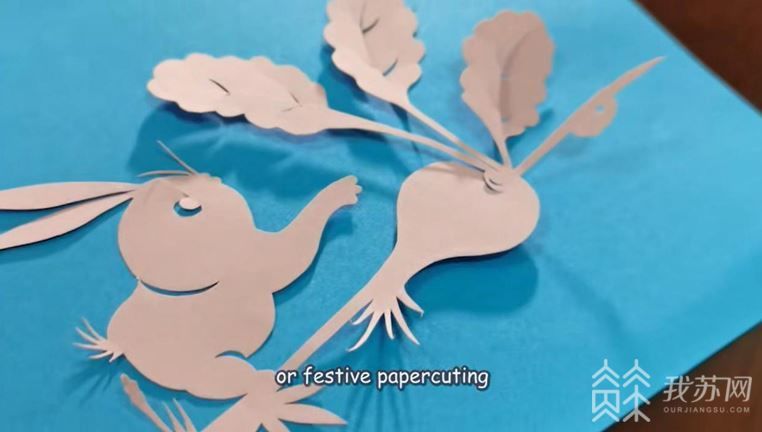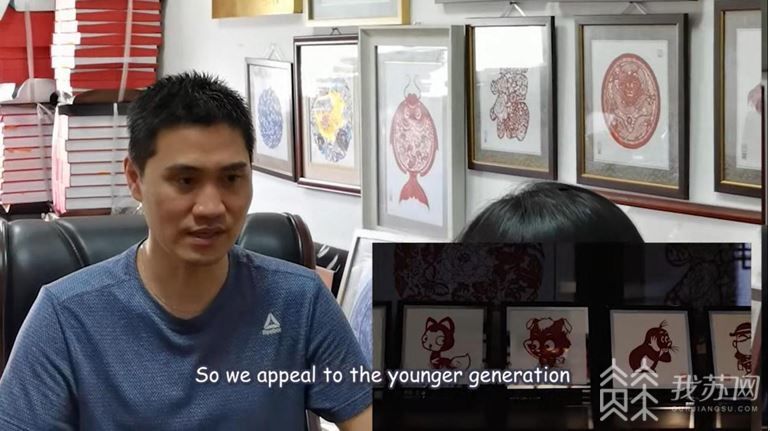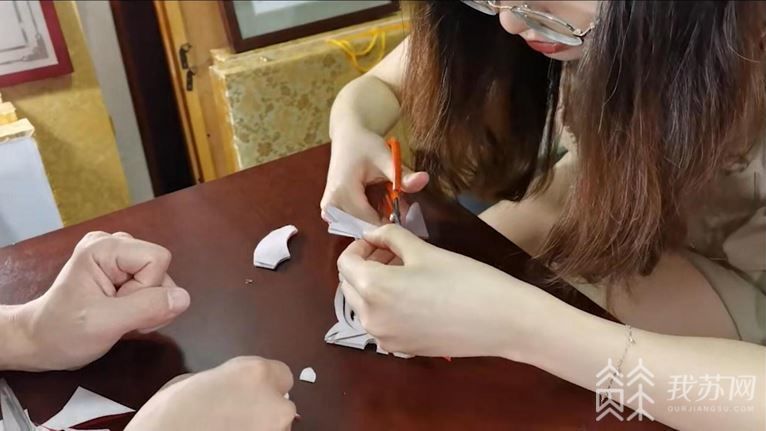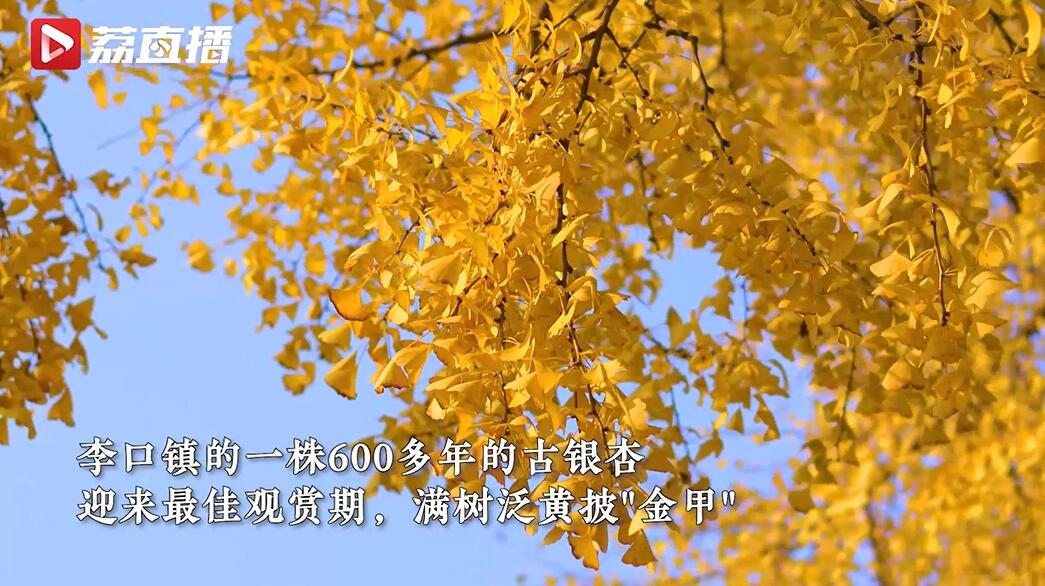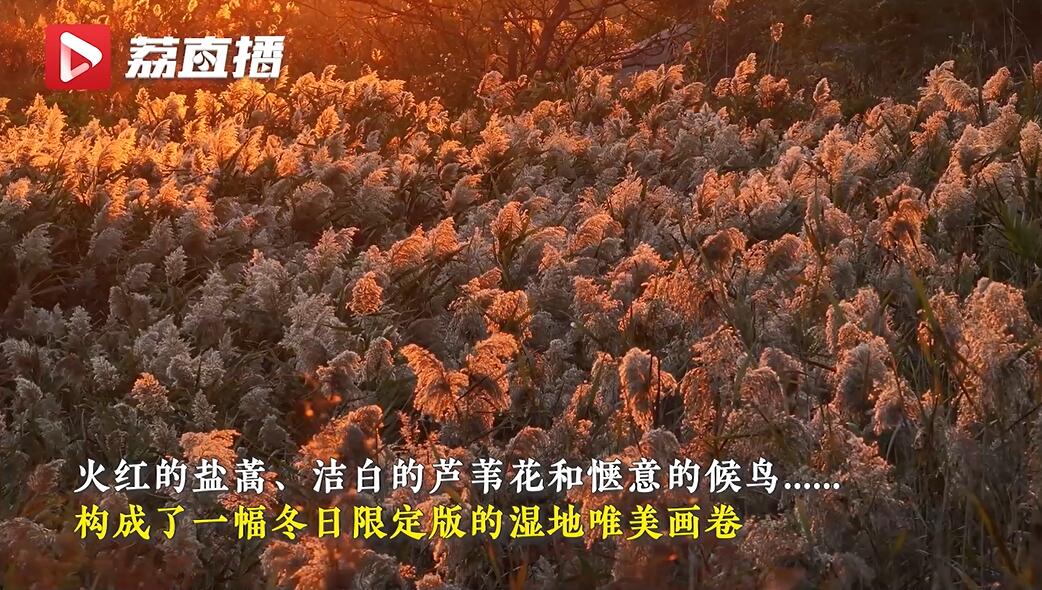“歪果仁”最感兴趣江苏哪些历史人文、美食美景?如何向外国小伙伴介绍江苏?向世界讲述江苏故事、传递中国文化,我苏网携手南京航空航天大学外国语学院,重磅推出全英文创意微短片《Mr.China·江苏篇》。跟随这群来自江苏高校的大学生和在苏学习生活的海外留学生,一起GET江苏风采!
一把剪刀,一张红纸,巧手神工,一纸玲珑,向世界展示中华文化的深厚底蕴与浪漫巧思的民间智慧。2009年,剪纸入选联合国教科文组织“人类非物质文化遗产代表作名录”。
我国剪纸流派众多,大体可分南北两派。北派,以山西、陕西、山东剪纸为代表,剪纸粗犷有力,以形代物;南派,以广东、福建、江浙剪纸为代表,剪纸细腻写实,秀美耐看。

在江苏南京,剪纸与云锦、金箔并称“工艺三宝”,是江浙大地孕育的一颗璀璨的明珠。它是古老的民间艺术之一,也是国家非物质文化遗产。凭借自身独特的风情,南京剪纸成了庞大“剪纸家族”中的一个独特分支。
接下来,让我们跟着Mr.China领悟南京剪纸的美妙之处吧!
南京剪纸,作为南京的“工艺三宝”之一,在明代初年已十分流行。早有史书记载,“笪桥灯市,由来已久,正月初,鱼龙杂沓,有银花火树,观然皆剪纸为之。”旧时,每逢新年或嫁娶,家家户户用大红剪纸装点门沿和窗户,寓意吉祥纳福。纤细迂回的镂空纹样透着的,是人们对美好生活的向往和期盼。
Using a pair of scissors and a piece of red paper, ingenious craftsmen can cut the marvelous paper pattern of Nanjing with great skill. As one of the “Three Treasures of Craftwork” in Nanjing, Nanjing-style paper cutting has been popular among folk since the early Ming Dynasty. There were some historical records about it, “The Lantern Fair at Da Bridge (a junction of Jianye Road and Pingshi Street) has existed for a long time. In the early days of lunar January, there are various images of fish and dragon illumined by gorgeous fireworks and brilliant lanterns. Taking a closer look, you will find that these living creatures turn out to be paper cuts.” In the old days, every family decorated their doors and windows with red paper cuts in Chinese New Year or the wedding day, symbolizing auspice and happiness. The slender and circuitous hollowed-out patterns express people’s yearning for a better life.
南京剪纸历史悠久,是珍贵的世界非物质文化遗产之一。南京剪纸脱胎于民间的剪鞋样与描肚兜花,有用彩色纸张剪成的“喜花”,还有用白纸或宣纸剪的刺绣底稿,即“花样”。南京剪纸融北方剪纸的粗放和南方剪纸的细腻为一体,既有“胖乎乎、肥嘟嘟、圆鼓鼓”的憨态可掬,也有 “花中有花、题中有题;粗中有细、拙中见灵”的曼妙风情。其中“斗香花”更是南京剪纸一绝。七层蜡光纸和一层皱纹金纸叠在一起,按照一种样式一次刻成,再根据剪纸艺人的灵感将不同颜色刻花的不同部分拼凑起来,从而呈现出色彩斑斓的艺术效果。
Nanjing-style paper cutting has a long history and was included in the List of Intangible Cultural Heritage. It evolved from shoe pattern cutting and designing on dudou (a traditional Chinese form of the bodice). There are “wedding paper-cuts” made from colored paper and embroidering stencils from white paper or Xuan paper (Chinese rice paper), namely “patterns”. Nanjing-style paper cutting integrated the boldness of the northern paper cuts and the delicateness of the southern. It not only has the “adorable, chubby and plump” naivety, but also charming subtlety praised of “flowers embraced in flowers, meanings out of meanings; inelegant but sophisticated, artless but vivid.” What’s more, “Douxianghua” is a unique wonder of Nanjing paper cutting. That is, seven layers of wax paper and a layer of crepe gold paper are stacked together and stencilled in one pattern at a time. Then, the paper-cutting craftsman improvises to piece together different parts of paper cuts with various colors, presenting a colorful artistic effect.
上世纪70年代,“斗香花”工艺一度濒临失传,而保护并传承了这项技艺的人正是“金陵神剪张”第四代传人——张方林。张方林大师专门成立了非遗继承人示范工作室,并于2017年在南京航空航天大学设立了“南京剪纸艺术传承基地”,向在校学生传授剪纸技艺。南航学子探访了张方林的儿子、剪纸传承人张钧,一睹镂空艺术美,跟着我们的脚步一看究竟吧!
When “Douxianghua” was on the verge of extinction in the 1970s, Zhang Fanglin protected and inherited this craft, who is the fourth-generation successor of “Sharp Scissor Zhang in Nanjing”. Master Zhang builds a demonstration atelier for developing intangible heritage heirs, and set up the “Nanjing Paper Cutting Inheritance Base” at Nanjing University of Aeronautics and Astronautics in 2017 to teach paper-cutting skills to students. Our students of NUAA are honored to visit the paper-cutting inheritor Zhang Jun and appreciate the beauty of hollow art. Ok, now follow us and take a look!
兼具美感与功能性的南京剪纸≠“窗花”!
Nanjing-style paper cutting with both beauty and functionality ≠ “window decoration”!
“南京剪纸属于南方流派,主要以喜花剪纸为主,很多人会觉得剪纸都叫窗花,就是过年贴在窗户上面的。可是我们自己作为职业剪纸人来介绍,就会讲到我们南京剪纸其实叫喜花。窗花,大多是过年时在门窗上面贴,营造气氛。可是作为喜花,很多人都疑惑它的用途。”谈及南京剪纸与北方剪纸的区别,张钧向记者介绍道,“过去,比如苏州的一些绣娘没有电脑等现代化技术为织秀作品“打样”,提供模板样式,那怎么办?职业的剪纸人就会剪一些纹样,把这个纹样销售给这些绣娘。然后绣娘把这个纹样贴在布料上面,按照这个“图稿”去绣。所以这就是南方剪纸,叫喜花,它是有喜庆寓意的、可以作为模版的、为织锈提供范式的。这是它跟北方剪纸在功能上的区别。”
Nanjing-style paper-cutting is of the Southern and mainly consists of festive paper cuts. Many people assume that paper-cutting is the same as window paper-cutting. But as professional paper cutters, we know that the kind of paper-cutting is essentially festive paper cut. The window paper cuts are always stuck on the window or door to match the atmosphere of the New Year. However, when it comes to festive paper cuts, many people have been wondering about its intended use. Referring to the difference between Nanjing paper-cutting and the northern paper-cutting, Zhang Jun pointed, “In the past, some professional paper-cutters would cut out some patterns and sell them to these needlewomen (embroidery workers) who weren’t able to create printed patterns for embroidering reference. These needlewomen would stick the patterns on the fabric and embroider by tracing them. In other words, festive paper—cutting is celebratory, patterned and can provide paradigm for embroidering, which decided its functional difference from the northern paper-cutting.
“斗香花”——圆月下的镶嵌艺术
"Douxianghua" -- mosaic art under the full moon
其实,南京剪纸在申请2009年世界级非物质文化遗产的时候,同时有两个作品申报,一个是南京喜花剪纸,还有一个就是斗香花。
张钧说,“以前,南方有一个祭祀活动,八月十五的时候,会有一个斗香旗和一个斗香族。以前的人对这种祭祀活动特别考究,希望会用一些有特点的装饰物,或者一些彩色的漂亮的物件来装饰斗香族。于是就选用了彩色剪纸,也就是我们所说的斗香花。斗香花选用了五彩缤纷的纸张,跟我们以前看到的一些像北方的染色剪纸特别像。不过,斗香花的制作工艺就比较复杂。由这些老的手工艺人用多种颜色的彩纸,把一幅图案一次成型,剪制出来,然后其中的小花、小动物等零部件,把它全部抽出来以后,重新再镶嵌为七幅。这有点像我们镶嵌工艺或者拼图一样,就是把这些图案全部打散以后重新组合。在制作过程中,甚至连作者都无法完全确定最后的成品会是什么样的效果。
In fact, when Nanjing paper-cutting applied for the world-class intangible cultural heritage in 2009, we reported two works at the same time, one is Nanjing festive paper-cutting, and the other is Douxianghua.
Zhang Jun said, “In southern China, people used to perform sacrificial rites at the Mid-Autumn Festival, and there were “Douxiang” flag and “Douxiang” clan. People then were especially serious about the sacrificial activities, so they expected to use some special, beautiful and colorful decorations. People chose some colorful paper cuts, which are substantially “Douxianghua”. “Douxianghua” is made up of colorful paper and looks like the dyed paper cutting of the north at first sight. However, the craft of “Douxianghua” is more complex. A stack of colorful paper is cut out into a certain pattern by an old craftsman at one time. The small cuts of flowers, animals and so on will then be taken out, messed and then put back together rearranged into seven pieces, just like Mosaic crafts or jigsaw. Nobody, including the cutter, knows what the final product will look like until the end.
新旧文化的碰撞:当代南京剪纸的新发展
The collision between tranditional and modern culture: the new development of contemporary Nanjing paper cutting
在谈及当代南京剪纸的发展是,张钧提到:“其实南京剪纸一直在创新。首先,从彩纸方面,2009年开始,我们尝试把南京剪纸跟南京的另外一项非遗——金箔相融合,用金箔纸来代替传统的红纸,作为剪纸的材料,产生 ‘一加一大于二’的效应,也就是用两项非遗来制作‘全新的非遗’。第二,加入一些互动,包括剪纸体验。最初,有一些年轻人不接受这种传统文化,我们就想办法在剪纸的题材上面做文章,让南京剪纸更加年轻时尚,比如用动漫或他们喜欢的图案去引导他们尝试这项工艺。尝试并获得关注之后,青年人自己就会去寻找传统文化的根基,从而了解南京剪纸文化。”
When it comes to the contemporary development of Nanjing-style paper-cutting, Zhang Jun explained: “Nanjing-style paper-cutting has been innovating all the time. Firstly, it lines in the material. In 2009, we combined Nanjing-style paper-cutting with another intangible cultural heritage in Nanjing, that is the gold foil, which means replacing traditional red paper with gold foil paper as the material of paper-cutting. Combining two kinds of intangible cultural heritage into a new one creates the effect of‘one plus one is greater than two’. Secondly, add some interaction and paper-cutting experience. At first, some young people aren’t keen on such traditional culture. So we tried to renew the subjects and make it more youthful and fashionable, such as creating some anime or other popular patterns. Trying and receiving some attention, young people may be itching to trace to the root of traditional culture spontaneously and find out more about Nanjing-style paper-cutting.”
通过和张钧的交流,我们领略了南京剪纸的魅力,也感受到了时代变迁在南京剪纸上留下的痕迹。南京剪纸随着时代发展而不断进步,它从古老的记忆中被唤醒,经过手艺人的坚守、创新、传承,变为如今鲜活的江南文化符号。
Through communicating with Mr. Zhang Jun, we have appreciated the charm of Nanjing-style paper cutting, and also realized the trace left by time, which continues to progress with the development of the times. Papercutting has preserved ancient memories, and has become a vivid symbol of Jiangnan culture through the persistence, innovation and inheritance of craftsmen.
(我苏网编辑/张琳曼 李瑶 ;视频指导/张晋宁
南京航空航天大学外国语学院 指导老师/梁道华 关天茹 ;产品经理/刘佳玲 周碧帆;导演/罗雅丹 高莹莹;主持人/范安妮;摄影/刘澄宇 范安妮;剪辑/殷畅 张博雯 郑博文 何楚悦;新媒体稿/周碧帆)

